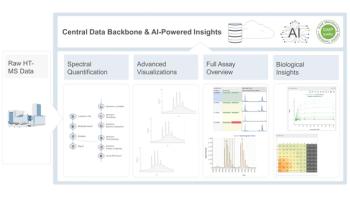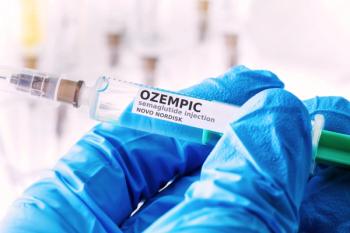
Enhancing Risperidone Analysis: Graphene Oxide Aerogels Facilitate Efficient Extraction from Plasma Samples for HPLC-UV Analysis
Researchers in Iran utilize graphene oxide aerogels to significantly improve the extraction and analysis of risperidone from plasma samples, offering enhanced accuracy and efficiency in pharmaceutical analysis.
Researchers at Tabriz University of Medical Sciences in Iran have made significant advancements in the extraction and determination of risperidone from plasma samples using graphene oxide aerogels. Led by Jafar Soleymani, the team successfully synthesized a graphene oxide-based aerogel and employed it as a dispersive solid-phase extraction sorbent for extracting risperidone from plasma samples, followed by determination using high performance liquid chromatography with an ultraviolet detector (HPLC–UV).
Aerogels are unique materials known for their high surface area-to-mass ratio and abundant functional groups, which facilitate the attachment of analytes for extraction. In this study, the graphene oxide aerogel was characterized and utilized as a sorbent in dispersive solid-phase extraction for risperidone from plasma samples. Risperidone, an antipsychotic medication widely used for the treatment of psychiatric disorders, requires accurate and efficient quantification for therapeutic monitoring and dose adjustment. The method demonstrated excellent performance, allowing for the determination of risperidone within a wide dynamic range of 20 ng/mL to 3 μg/mL.
One noteworthy aspect of the developed method is its ability to extract risperidone from plasma samples without the need for protein precipitation. This feature enhances the analytical performance of the analysis, offering a more streamlined and efficient process. Furthermore, this is the first application of graphene oxide aerogels for the extraction of risperidone from plasma samples, showcasing the novelty and potential of this approach.
The results obtained from the study confirmed the accuracy and reliability of the developed method for the quantification of risperidone in real plasma samples. The limits of detection and quantification were determined as 2.4 ng/mL and 8.2 ng/mL, respectively, highlighting the sensitivity of the method. By utilizing graphene oxide aerogels, the researchers have introduced a novel and effective approach for the extraction and determination of risperidone, opening possibilities for further advancements in pharmaceutical analysis.
This groundbreaking research paves the way for improved analysis and monitoring of risperidone levels in plasma samples. The developed method offers a valuable tool for clinicians and researchers working in the field of pharmacokinetics and personalized medicine. The findings of this study, published in the Journal of Separation Science, highlight the potential of graphene oxide aerogels as an innovative sorbent material for dispersive solid-phase extraction and the determination of pharmaceutical compounds (1). The research represents a significant contribution to the field of analytical chemistry, offering improved techniques for pharmaceutical analysis and enhancing our understanding of therapeutic drug monitoring.
Reference
(1) Feyzi, F.; Soleymani, J.; Dastmalchi, S.; Ranjbar, F.; Jouyban, A. Dispersive solid phase extraction of risperidone from plasma samples using graphene oxide aerogels and determination with liquid chromatography. J. Sep. Sci. 2023. DOI:
Newsletter
Join the global community of analytical scientists who trust LCGC for insights on the latest techniques, trends, and expert solutions in chromatography.





